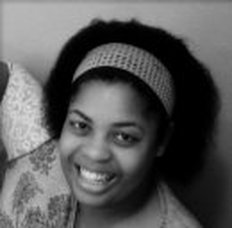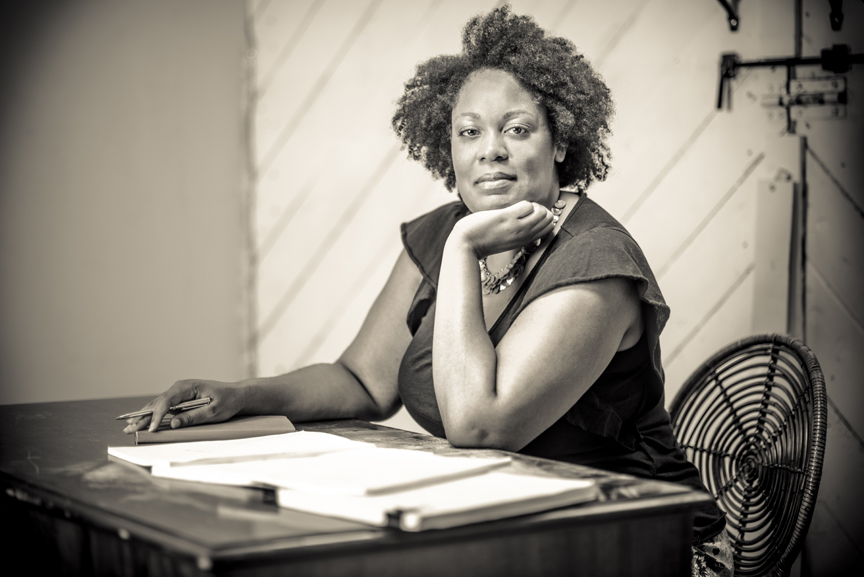 JACQUELINE LAWTON: What excited you about attending TCG's 2012 Fall Forum? YOLANDA WILLIAMS: Not only was I excited about seeing my YLC cohorts but I was excited to jump into this discussion on Diversity. I was excited to see if we were going to go beneath the surface and actually dig deep and discuss the heart of the matter in terms of Diversity in Theatre. I was anxious to share my thoughts and listen to those who truly want to address the issues and solve the problems concerning the topic- and not glaze over it with smiles and pleasantries. Jl: What were some of the common themes and challenges being addressed? YW: Defining Diversity was the biggest theme and presented the biggest challenge. As we addressed the issue and totality of its definition we realized the term ‘diversity’ was more complex and became a discussion that lead us all to reexamine our commitment to implement diversity on all levels in theatre. By tackling the issues in defining ‘diversity’ head first and having an honest and open discussion helped to a set course our need for change and action. JL: What surprised you the most about your experience? YW: I was surprised about the open and honest dialogue used in the small group discussions. When first arriving, I did not know what to expect. I thought it would be a very conservative broad overview of topics and not enough time to actually break down some common themes and problems we are facing in American Theatre. I was thoroughly impressed. Although we did not cover every problem of diversity, we did start the conversation and the movement to work towards change. JL: When considering Models for Diversity, what does it mean to have a commitment to diversity? YW: A commitment to diversity when considering Models for Diversity is making changes to diversify and tackling each challenge that blocks progression until it starts to pay off. It is realizing that it might not be the most popular decision starting out and at times or in appearance, not the most profitable one, but it the long run it would be the most beneficial to your community and your company. Ultimately your reward will be far greater than what you could have imagined. We’ve seen it time and time again by looking at the bigger picture. It’s all about being patient and investing in your community and those who make up your surrounding areas. A commitment to diversity is a commitment to your own company. JL: Where do you see Models for Diversity working in the theatre community, whether locally, regionally or nationally? What can we learn from their efforts? YW: There is a way to implement Models for Diversity throughout the theatre community, in every aspect. From front of House to actors, designers, directors, crew, producers all the way up to trustees and board of directors. If diversity is evident in the theatre from the ground up, then it can not help but to reflect the community it represents. By representing the community more people want to support it therefore creating a broader and more diverse audience. You sometimes see Models of Diversity in community theatre more than anywhere else. I believe the theatre community, regionally and nationally can learn a lot from them. In community theatre, they put on productions strictly for the sake of art and the chance to work on a piece together and bring their community out to see a show. The key word here is their community. They cast is the community in terms of the Art they are presenting. This goes beyond terms of age, race and background. The focus instead is on working together to present the work they bring to life in their production. They understand that it is the community and surrounding areas that come out and support these shows because they want to see people they can relate to on stage. They want to see people like them get on stage and bring a show to life. Without diversity where would that leave community theatre? Without diversity where would that leave theatre in general? That is just one Model of Diversity that I see present that has worked and continues to work and generate revenue. JL: What efforts have you made, or been involved with, to foster diversity competence and understanding in your community? How were these efforts met? Do you see a change? YW: I’ve been a mentor to up and coming artist in my community. I have also been working on ways to give voices to new artists by helping them produce new works. I have been working with young playwrights of diverse backgrounds and working with them to have staged readings of their works. JL: Coming out of the TCG's 2012 Fall Forum, what goals have you set for yourself to Model the Movement? YW: Two goals I set forth in progressing the push for implementing the tools I gathered from the forum: 1.) Continue to cultivate young minds and promote diversity in theatre in my community. 2.) Continue to be proactive and not wait for someone else to make a change but start the change. TCG has invited those who attended the 2012 Fall Forum on Governance: Leading the Charge and those, like me, who wish they could have attended, to keep the conversation on diversity and inclusion going. They have created a public group on 2.0 called, Leading the Charge: Advancing Diversity and Inclusion. Here, you can take part in the conversation. They've even uploaded the brilliant and useful documents and resources made available at the Fall Forum, and you can even upload your own.
1 Comment
yvetta
1/4/2013 04:24:54 pm
Very interesting look at diversity in theater. Continued focus on and commitment to diversity can change how we appreciate theature. Way to go Yolanda
Reply
Your comment will be posted after it is approved.
Leave a Reply. |
My BlogI'm a playwright, dramaturg, and teaching artist. It is here where you'll find my queries and musings on life, theater and the world. My posts advocate for diversity, inclusion, and equity in the American Theatre and updates on my own work. Please enjoy!
Categories
All
Archives
June 2020
Reading List
|

